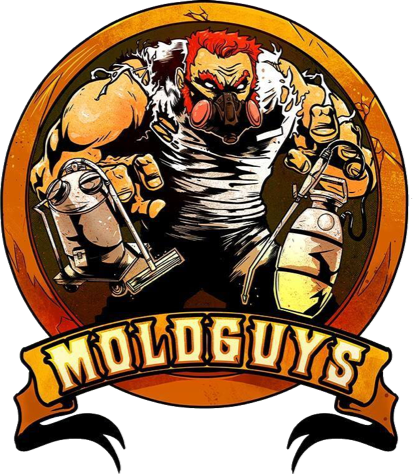There is potential for heavy rains and serious flooding during the spring season. Coupled with the threat of mold outbreaks that can damage home furnishings and cause health problems for people with a compromised immune system, asthma, and allergies. To control mold growth, you need to attack the problem within 24 to 48 hours of flooding. Minor mold outbreaks can be tackled using a mixture of detergent and water with a little elbow grease. Here is a guide on minimizing mold growth after dealing with a flood.
Tips For Mold Cleanup After A Flood
If you have a compromised immune system or respiratory problems, dealing with mold can no longer be a DIY project. This is because prolonged exposure to mold and the use of bleach can pose a threat to people with specific health issues If you’re not dealing with such health problems, you can follow these safe cleanup tips to tackle mold growth.
- Cleanup and dry out the affected areas as fast as possible. Open windows and doors, and also use dehumidifiers and fans.
- Take away all porous items that have been wet for over 48 hours and can’t be easily cleaned and dried. These items can serve as a source of mold growth.
Porous, difficult-to-clean items are upholstery, ceiling tiles, some clothing, carpeting and carpet padding, insulation material, drywall, paper, food, wallpaper, leather, some wood and wood products. Removal and cleanup are essential because dead mold can also cause allergic reactions.
- Clean surfaces and wet items with a mixture of detergent and water to combat mold growth
- Store discarded or damaged items outside your house temporarily till you can process insurance claims
- For molds caused by flood and hard-to-clean with the detergent solution, you can try a mixture of 1 cup of bleach with 1 gallon of water
If the floodwaters have affected your heating or air conditioning, do not turn it on and let a qualified professional handle it for you. All surfaces and components of a heating, ventilation, and air-conditioning (HVAC) system soaked during a flood are potential sources for dirt, microorganisms, and debris, including mold and bacteria. Another reason why all parts of the HVAC system should be utterly inspected, cleaned of debris and dirt, and disinfected by a professional remediation service.
Professional Mold & Water Damage Services in Bridgewater, MA: MoldGuys Restoration
If you have a serious mold issue, contact Moldguys Restoration today! Our team of professionals can help you mitigate mold growth and protect your home and your family’s health. We have been in the mold industry for many years and no job is too big for us!


